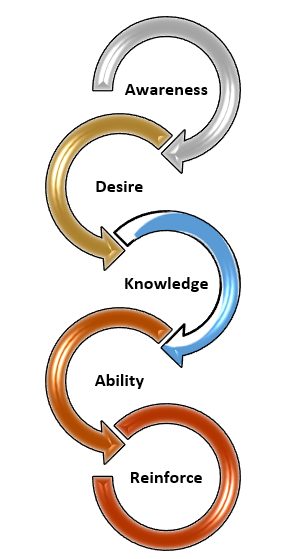Getting Started
Adjusting to significant change is difficult for both the organization and its employees. Using change management models is likely the difference between success and failure. Change models offer leaders specific guidelines to follow, greatly improving the chances of a successful change implementation.
As an HR leader, you will need to decide which change approach best serves your needs. Your selection may be based on a variety of factors:
- The size and scope of the change
- The organization’s track record for positively implementing change
- The level of expected employee resistance
- The urgency behind the change
- The resources available to assist with the change initiative
Reasons to use a change management model:
- The measurement of results
- No change effort should begin without an intended result and a sense of how this will be measured. Change models require objectives to be set, schedules created and budgets to be negotiated.
- Once in place a change model provides baseline objectives against which actual experience can be measured. Change models provide a good way to measure how individuals are managing change and what interventions may be most useful.
- Improved accountability
- A change management model describes and simplifies a process in a way everyone can understand.
- A model creates an intention for change that allows people to consider their role in the process and holds people accountable for their own transition.
- Increased confidence
- Change models give people confidence to talk to others about change.
- They help people make sense of times that feel chaotic and out of control.
- Reduced employee resistance
- A change model helps to identify potential areas of resistance and implement strategies designed to reduce or eliminate resistance before the change process starts.
- An aligned benefit is that a model of change helps to create an effective communication strategy.
- Greater ROI
- Following a structured change model ensures that investments into the project are not lost and that budgets are managed.
- Investments are not only financial but include people. A change model can assist in ensuring that employees and productivity are maintained.
With that in mind, here is a brief overview of the four most common change models used by businesses today:
Option 1: Lewin’s Change Management Model
This change management model was created by psychologist Kurt Lewin. Lewin recognized that the majority of people tend to operate within certain zones of safety. He identified three stages of change:

1. Unfreeze – Most people make an active effort to resist change. In order to overcome this tendency, a period of thawing or unfreezing must be initiated through motivation.
2. Change – Once change is initiated, the company moves into a transition period, which may last for some time. Adequate leadership and reassurance is necessary for the process to be successful.
3. Refreeze – After change has been accepted and successfully implemented, the company becomes stable again, and staff refreezes as they operate under the new guidelines. While this change management model remains widely used today, it is takes time to implement.
Advantages of this Model:
- This model is easy to use.
- This model is frequently used by companies to enact major changes.
Option 2: McKinsey 7-S Model
The McKinsey 7-S model offers a more holistic approach to organization. This model, created by Robert Waterman, Tom Peters, Richard Pascale, and Anthony Athos, has 7 factors that operate as collective agent of change. This change model is the best option if you are making wholesale changes to the way that the company operates.

- It offers an effective method to diagnose and understand an organization.
- It provides more thorough guidance on organizational change.
- It combines rational and emotional components.
- All parts are integral and therefore must be addressed in a unified manner.
- Because all factors are interrelated, when one part changes, all parts change.
- The model can be rather complex.
- Companies using this model have been known to have a higher incidence of failure.
Option 3: Kotter’s 8 Step Change Model
This model, created by Harvard University Professor John Kotter, causes change to become something of a ‘campaign’. The thought is that employees ‘buy in’ to the change after leaders convince them of the urgent need for change to occur.
There are 8 steps are involved in this model:

Advantages of this Model:
- The process is an easy step-by-step model.
- The focus is on preparing and accepting change, not the actual change.
- Transition is typically easier with this model.
Disadvantages of this Model:
- Steps can’t be skipped.
- The process typically takes a longer than some of the other models.
The ADKAR Model
The ADKAR change management model addresses the people side of change that is necessary as your progress through your project. To enable sustainable change in your organization these five steps were necessary.

A = Awareness of the need to change
This is the first step to securing support for your change. Helping employees understand why the change is happening sets your organization on the path to success.
D = Desire to participate and support the change
Employees will wonder “what’s in it for me?” (WIIFM) They’ll need to know the answer and embrace the possibilities for your change to be sustainable.
K = Knowledge of how to change
Different areas of your organization will have different levels of knowledge going into the change. You’ll want to make sure you understand what that level of knowledge is so you can address it.
A = Ability to implement the change on a day-to-day basis.
Leveraging the information you have from the “K” you’ll need to prepare employees with training and other tools to help them implement the change.
R = Reinforcement to keep the change in place.
Your work isn’t done at implementation. If you want sustainable change, you need to reward good behaviors.
- This model is easy to use.
- ADKAR is a bottom-up method. Most top-down methods communicate the change and implement programs for all the employees, and hope that everyone catches it. The advantage of ADKAR is that it works its way upwards from the individual level, ensuring that each individual equips for the change well and makes the transition
Wrap-up:
This is a broad perspective of the available change management models. We recognize that there are inherent challenges in utilizing any of these models for a significant change without the requisite experience. In fact, we suggest not going it alone.
At Catapult, we recommend that you reach out to one of our consultants to assist you with the change process. We will help you formulate a strategy and corresponding plans.
Resources:
A great starting point for improving your team’s ability to orchestrate change is Catapult’s instructor-led course called, ‘Leading through Change’
‘Leading through Change’ will help your managers learn new skills and be prepared to lead the psychological aspects of change, as well as the transactional aspects. This program directly addresses the sources of change resistance and helps you to build employee commitment to the change. Participants practice coaching a team member through change and create action plans for managing and implementing change in their organization.
Links:
Written by a Catapult Advisor.

